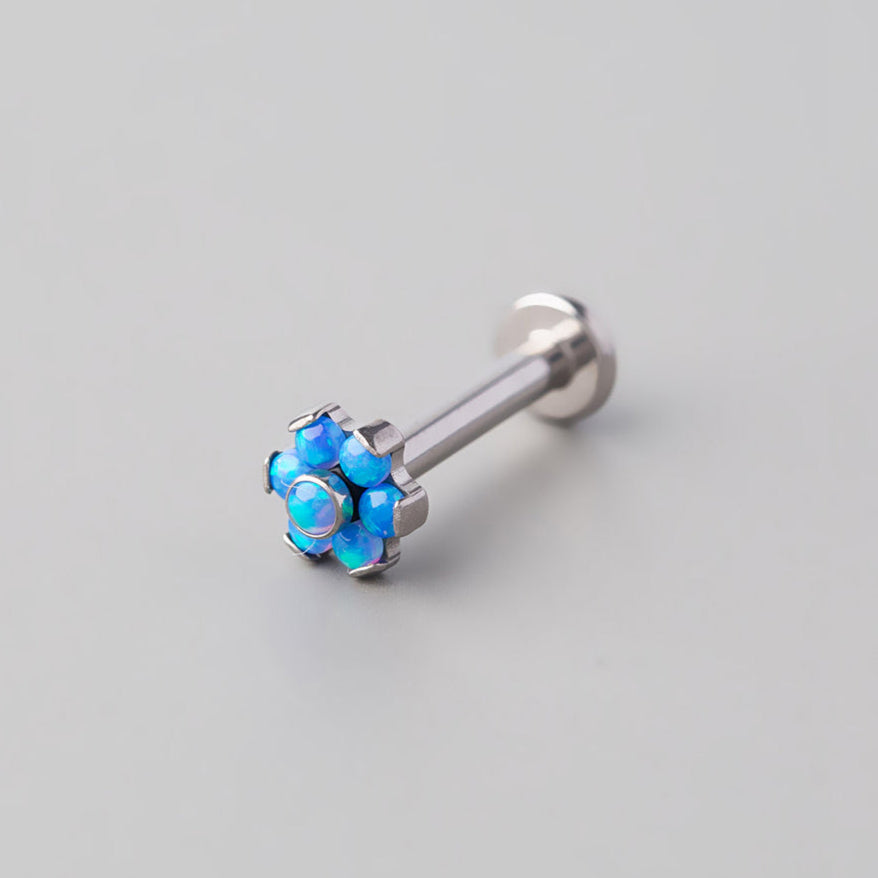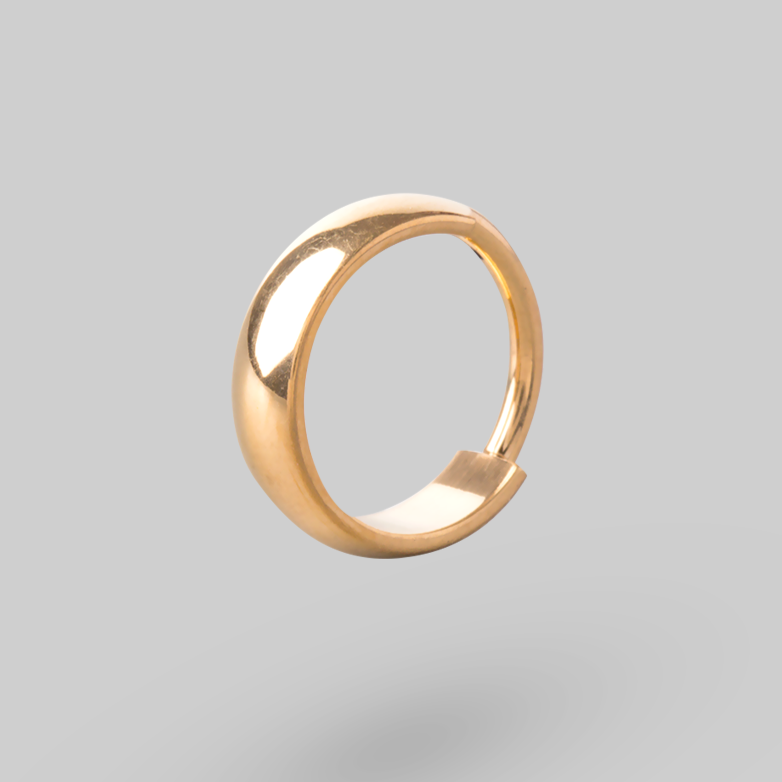Externally Threaded vs Internally Threaded: What is the DIfference?
The choice between externally and internally threaded jewellery is a key consideration for anyone interested in body piercings, each offering distinct advantages and drawbacks based on their design, safety, comfort, and cost.
Externally Threaded Jewellery (example shown below) features the thread on the outside of the jewellery post, making it cost-effective and widely available. However, the exposed threads can irritate or damage the piercing, especially if it's new or healing, and these pieces are often viewed as lower quality.

Internally Threaded Jewellery (example shown below), on the other hand, has the thread on the inside of a hollow post, ensuring a smoother insertion that's less likely to cause irritation. These pieces are typically of higher quality and durability, making them better suited for sensitive or healing piercings. The downside is their higher cost and potentially limited design variety.

Who Should Choose What?
-
Externally Threaded Jewellery might be suitable for those who are:
- On a tight budget and looking to expand their jewellery collection affordably.
- Not prone to skin sensitivities or allergies and looking for widely available options.
-
Internally Threaded Jewellery is ideal for:
- Individuals with new or healing piercings, given the smoother insertion process.
- Those with sensitive skin or metal allergies, thanks to its hypoallergenic properties.
- Anyone seeking high-quality, durable pieces that are likely to last longer, though at a higher price point.
In essence, if safety, comfort, and quality are your top priorities, especially for new or healing piercings, internally threaded jewellery is the superior choice. However, if cost and availability are more significant concerns and you don't have issues with skin sensitivity, externally threaded options could adequately meet your needs.
Stop The Reaction Before It Starts
90% of piercing irritation comes from poor quality metal. Upgrade to ASTM F-136 Implant Grade Titanium-the biocompatible gold standard used by professional piercers worldwide.
Myths vs. Reality
Myth: "Itchiness means infection."
False. Infection usually involves throbbing pain, heat, extreme swelling, and yellow/green pus. Mild itching alone is rarely an infection.
Myth: "Turn the jewelry to scratch the itch."
Never twist! Twisting breaks the healing seal, introduces bacteria inside the wound, and extends healing time by weeks.
Why Shop Camden?
-
Implant Grade Titanium
ASTM F-136 Compliant
-
Tracked UK Delivery
Free over £40
-
Sterilised Piercing Jewellery
Keeping your skin safe



